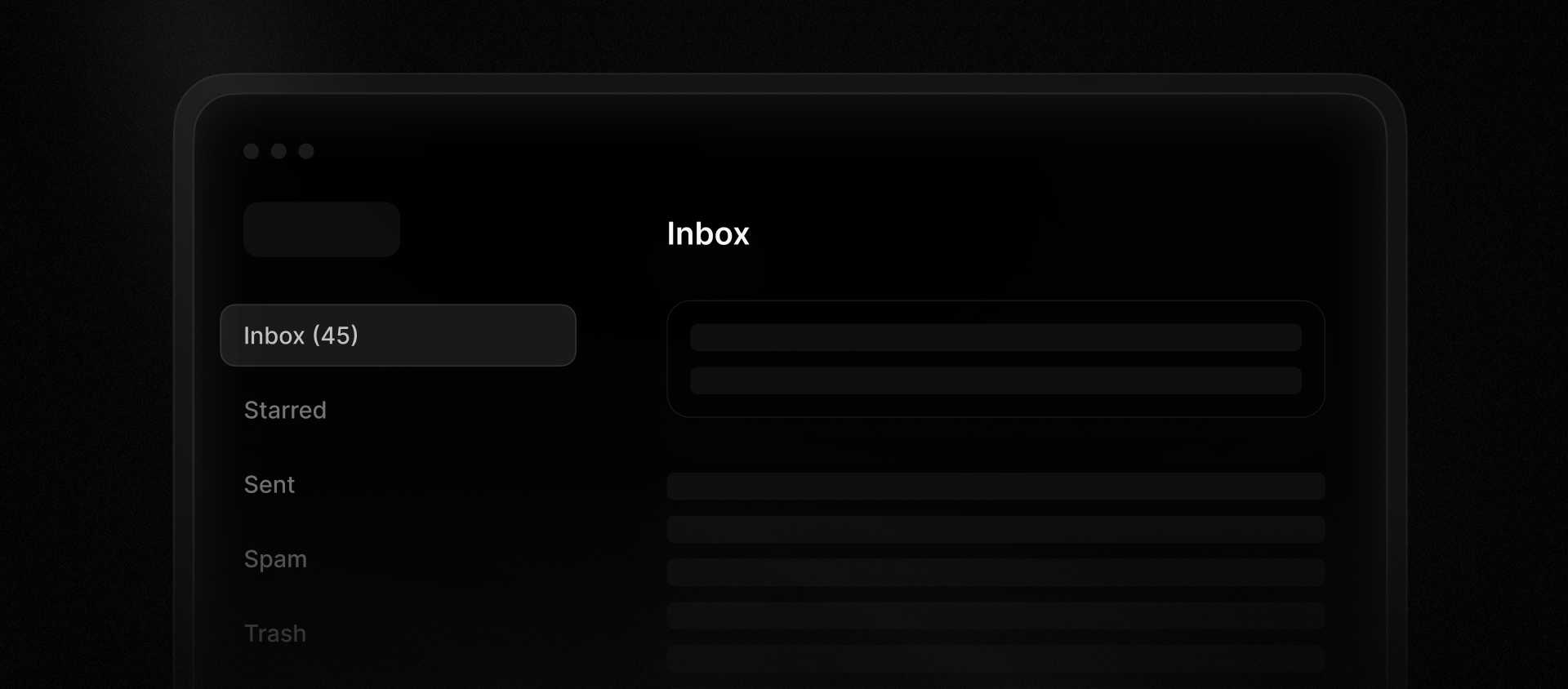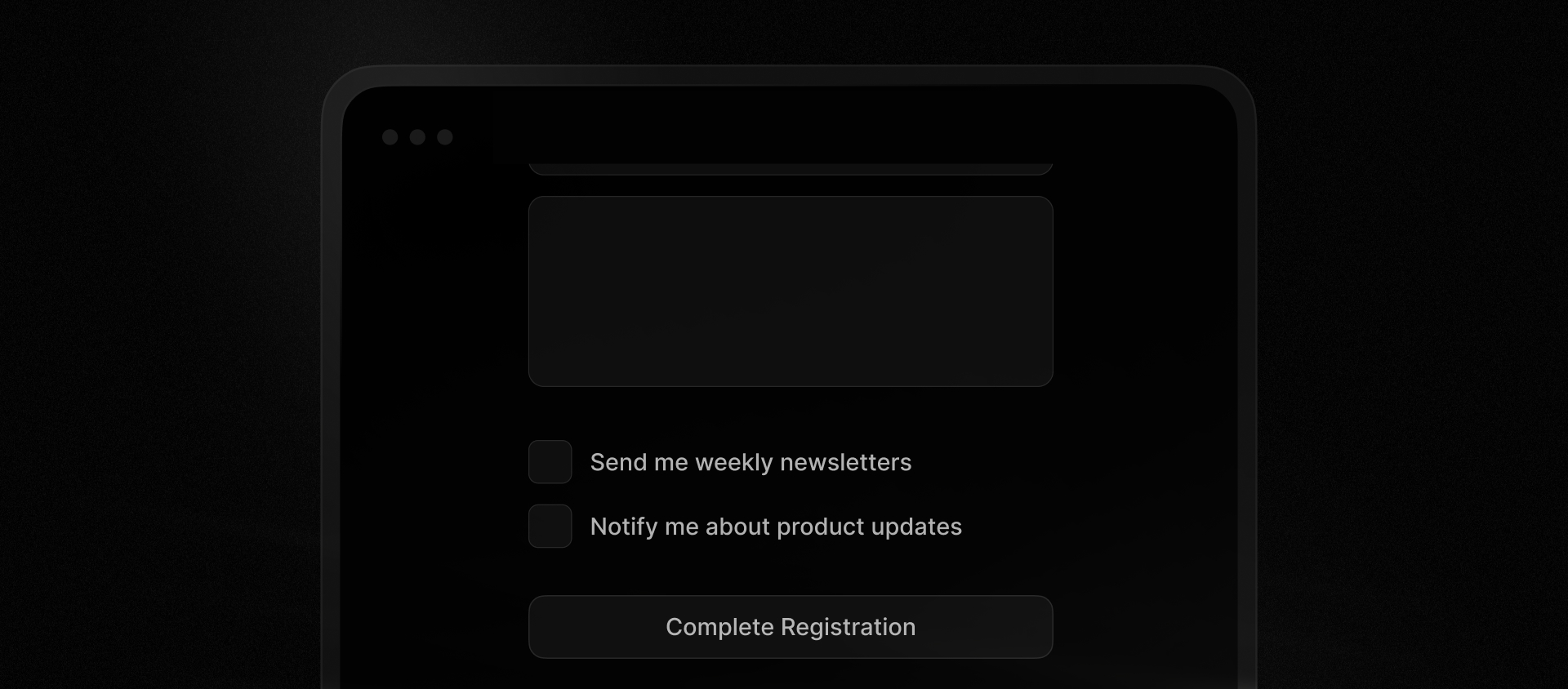How to Get Email Consent
What it means to get email consent and how to ask for it properly.
Like many corners of the email world, email consent can be a minefield.
Many senders assume consent, mistakenly obtain it, or pre-select consent in sign up forms. Failing to get proper consent not only violates email best practices (and legal requirements), but can also lead to your mail being blocked or filtered to the spam folder.
Let's see why email consent matters and how to set it up properly.
Why consent matters
Many senders assume that if someone provides an email address, that automatically means it’s okay to add them to their email lists. Not only is this often untrue, but it can also cause large-scale deliverability problems, especially for marketing or bulk messages.

Mailbox providers like Gmail and Outlook closely monitor whether people mark your emails as spam. High complaint rates or low overall engagement signal that your messages weren’t wanted, which can hurt your reputation and lead to filtering, blocking, or delivery issues.
In other words, if you send to recipients who didn’t explicitly opt in to receive these specific emails from you:
- Some recipients will mark the message as spam.
- Mailbox providers may block your mail or filter it to the spam folder.
- If your spam complaint or bounce rate remains high, your email service provider may pause or terminate your account to protect their sending reputation.
What doesn’t count as permission
These common methods are not considered valid consent:
- Including a clause in your Terms of Service that says users “agree to receive emails”
- Using a pre-checked box on your signup form for marketing messages
- Assuming someone is opted in unless they unsubscribe
These approaches violate email best practices and don’t meet legal standards like GDPR.
Email consent applies globally, not just in the EU. Even if your emails are technically legal in your country, violating consent can lead to your mail being blocked or filtered to the spam folder.
What does count as permission
Valid consent means the recipient clearly and knowingly agreed to receive the specific kind of email you're sending.
According to GDPR (and general best practices), consent must be:
- Freely given: without pressure, bundling, or tricks
- Specific: clearly describes the type of messages the user will receive
- Informed: the user knows who you are and how you’ll use their data
- Unambiguous: requires an active opt-in (like checking a box)
In other words, recipients should be able to consent to each message type from a particular sender.
Best practice: Let people say “yes”
The easiest way to get consent is to ask for it clearly and separately. Add an unchecked checkbox to your signup form, like this:
Yes, I want to receive the monthly newsletter
Follow these best practices:
- Keep it optional and unchecked by default
- Make the wording clear and specific
- Place it outside of your Terms of Service
- Include a one-click unsubscribe link in every email

Still have questions?
Following best practices helps everyone — your recipients, your deliverability, and the health of the email ecosystem. When you start with clear consent, your messages are the ones people are glad to receive.
If you’re new to permission-based sending, please reach out to Support and we’ll help you make sure everything’s on track.